This blog goes over tips and important information you should know before traveling by plane with a wheelchair....
Heavy-Duty Electric Power Wheelchairs
Heavy-duty electric wheelchairs (also known as heavy-duty power wheelchairs or bariatric power wheelchairs) are FDA Class II medical devices designed to hold higher weight capacities than standard electric wheelchairs. Standard electric wheelchairs have a weight capacity that ranges from 200 to 350 pounds, whereas heavy-duty power wheelchairs carry anywhere from 350 to 700 pounds, depending on the model. Each range provides the seat widths to pro
How To Choose the Right Heavy-Duty Power Wheelchair
Not all heavy-duty chairs will fit every user's needs - it is vital to consider the features below when selecting an electric wheelchair and how the chair will best fit you, your lifestyle, and your mobility needs.
- Weight Capacity: The HD class carries a range of 300 to 600 pounds. The most common weight capacity found for heavy-duty power chairs is 450 pounds, like the Jazzy 614 with sturdier options, but can go higher, like the Jazzy 1450 which supports up to 600 pounds. Knowing the weight capacity is essential as it should comfortably accommodate the user's weight as well as any extra accessories or carry-on items.
- Mobility and Terrain: Heavy-duty motorized wheelchair models are equipped for different mobility needs and terrains. Be sure to consider your own specific mobility needs, including whether you need the chair for indoor or outdoor use and the type of terrain you usually encounter in your everyday life.
- Drive System: It is important to understand the electric wheelchair's drive system to ensure the wheels will take the user where they want to go.
- Front-Wheel Drive: Drive wheels are located in front of the wheelchair seat. Front-wheel drive chairs can comfortably navigate bumps and curbs up to 2 inches high. Users often choose front-wheel chairs such as the Jazzy Elite 14 chair for excellent stability and are highly suitable for indoor use.
- Mid-Wheel Drive: Drive wheels are located directly under the user for a more intuitive driving experience with a tight turning radius that works well for both indoor and outdoor use. However, mid-wheel drive chairs like the Jazzy 600 ES are not recommended for use on rough terrain.
- Rear-Wheel Drive: Drive wheels are positioned at the rear of the chair. Rear-wheel drive chairs are specifically suited for rough and uneven terrain, offering stability and traction for those who primarily need a power chair for outdoor use. Due to the location of the wheels, the chair has a wider turn radius than a front-wheel or mid-wheel drive chair and may not work for smaller indoor spaces. An example of a heavy-duty rear-wheel chair is the EW M47 HD Folding Power Wheelchair.
- Turning Radius: Turn radius varies by model, and power chairs usually have the smallest turning radius of any wheelchair on the market. Because an HD wheelchair has a larger frame, it doesn't have as tight of a turning radius as standard models, the smallest usually being 20 inches of space. Users who need to navigate tighter spaces or crowds would be best suited for a chair with a small turn radius, while those who spend more time outside may do well with a chair with a wider turn radius.
- Seat Width: Heavy-duty chairs are designed with larger seats than standard chairs, usually ranging from 17 to 25 inches wide. When choosing a power chair, be sure to consider all seat width options and which size would fit you comfortably.
Battery Life and Maintenance Tips
The lifespan of your power chair's battery varies based on the model, load, and terrain. Typically, a heavy-duty power chair battery lasts about 18 months with proper care, as noted by MK Battery. Here are key factors and tips for optimizing battery life:
- Weight Capacity: The battery's efficiency is affected by the total weight it needs to support, including the user and any additional items. Choose a chair that fits your needs without overburdening the battery.
- Terrain: Smooth and level surfaces are ideal. Rough or steep terrain can strain the battery, reducing its lifespan.
- Chair Model: Select a wheelchair that matches your weight, speed, and durability requirements to avoid unnecessary battery strain.
- Charging Practices: Regular charging after use is crucial. Ensure a full charge takes place for at least 8 hours, but avoid overcharging by disconnecting when complete. Store and use the battery at room temperature to maintain its condition.
Customization Options
They usually come with customizable features for optimal comfort, including seat width options, seat cushions, adjustable footrests, reclining backrests, control options, and more.
Safety Features
Power wheelchairs may be equipped with different safety features to enhance the overall safety and stability of the chair, including:
- Anti-Tip Wheels: Anti-tip wheels are additional rear casters that provide extra stability. If the chair starts to tip, anti-tip wheels hit the ground first, preventing the chair from tipping back any farther.
- Braking Systems: Electric wheelchairs use braking systems that allow the user to slow down and stop without requiring physical effort or manual dexterity. The braking system responds whenever the user releases the controls.
- Seatbelts and Restraints: Most electric chairs have seatbelts to secure the user, preventing them from falling out or sliding off the chair.
- Speed Control: Adjustable speed control lets the user choose the most safe and comfortable speed for their skill level.
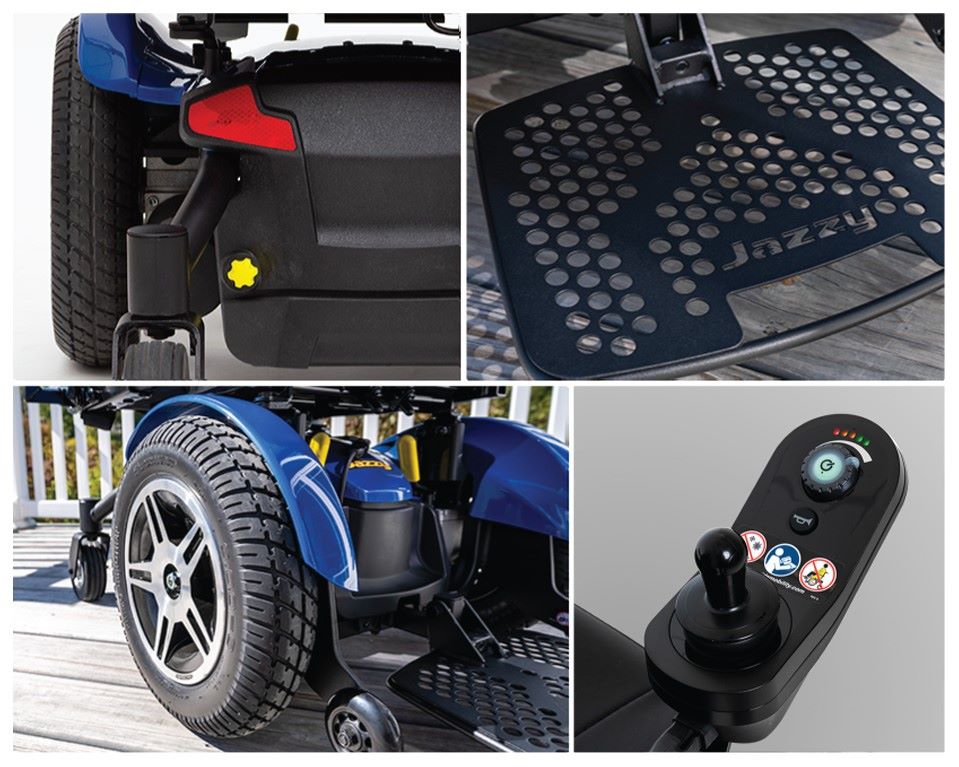

Accessibility and Autonomy
For those with limited mobility, power wheelchairs can restore their autonomy and grant them accessibility they otherwise could not have on their own. Bariatric power wheelchairs can dramatically improve one's quality of life by giving them the independence to engage in their daily activities and their usual lifestyle. These tips will help you get on that path to autonomy and ensure this investment works for your needs for years to come.
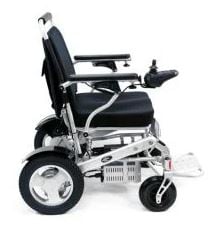
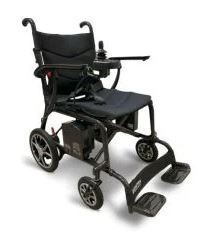
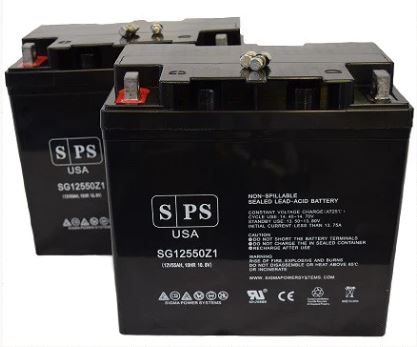
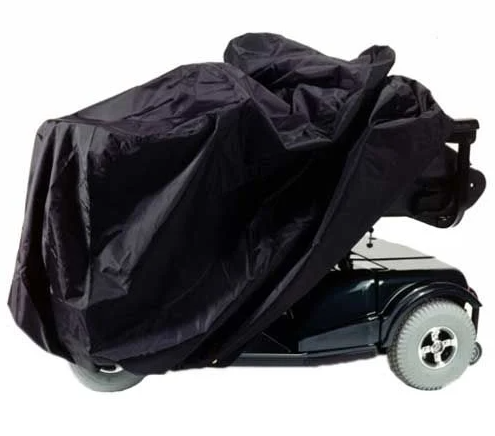

Login and Registration Form